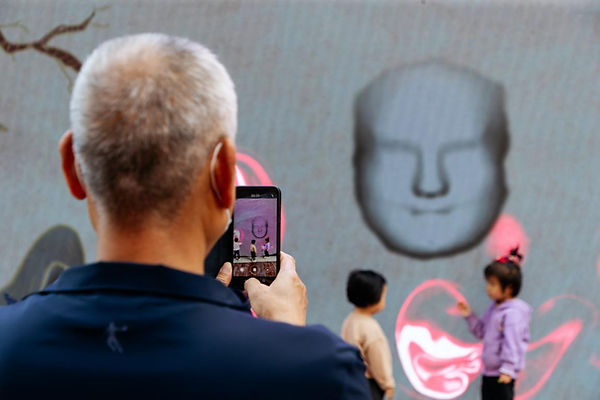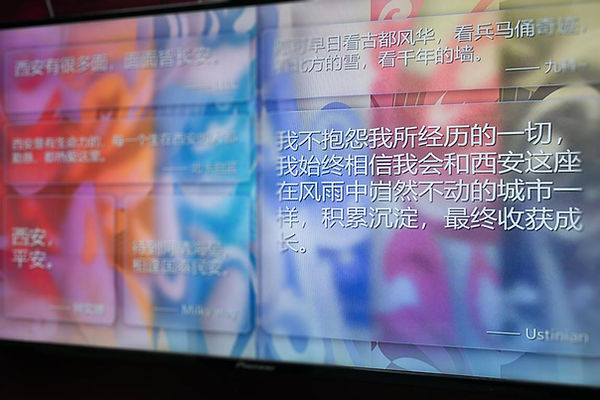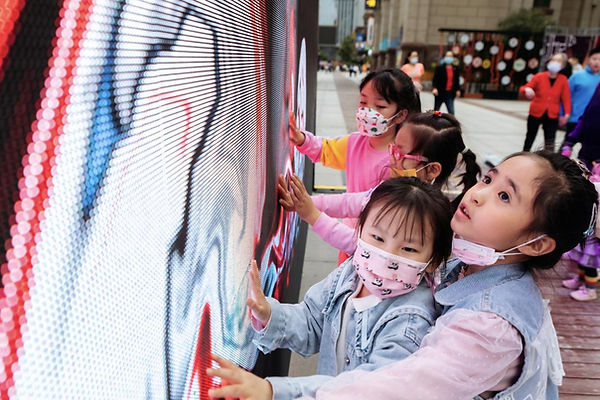Jiangnan Xu
HCI Researcher + Speculative Designer + AI Artist
The Impression of Cities: Qinqiang Opera,
the Xi’an Locals, and New Media Art

Timeline
2022.01-02: Planning
2022.02-05: Design
2022.06: Exhibition
Role
Lead Designer,
Creative Director.
With 1 visual designer,
1 content writer,
1 programmer,
and 2 exhibition curators
Form
Digital experience, New media, AR
Project Background
The team: DATA-DRIVEN LIFE is a start-up technology company co-founded by researchers, designers, and programmers. We are dedicated to working with edgy technologies and proposing novel experiences in smart cities' daily mundane.
Pain point: Qinqiang Opera is a precious Chinese cultural heritage. However, traditional presentation methods (i.e., slides, prints, and texts) in historical museums or exhibitions are outdated and can not attract audiences' attention. Knowing that AR technologies could increase users' engagement through immersive interactions, the idea of curating an AR-empowered interactive exhibition came to our minds. We would use this case as a conceptual anchor point to understand how to create better historical/cultural public education experiences.
Question: How will extended reality bring new lives to the QInqiang Opera and other cultural heritage in the future?
Tools
2D: Adobe Illustrator, Photoshop
3D: Unity
Interaction: Touch Designer
Exhibition

“The Impression of Cities” is an open space experience program that aims to convey the colorful spirits of different cities by assimilating their traditional local cultures into public art with design and technologies. We established an outdoor narrative exhibition in Xi’an, one of the Chinese “Four Great Ancient Capitals” in China, with the theme of the historic local opera Qinqiang. This exhibition brought visual and auditory elements of Qinqiang into interactive installations and workshop activities, exploring how new media art on folk culture enhances the visitors’ awareness of Qinqiang culture and inspires positive attitudes towards their life during the pandemic.




Project Reflection
This project demonstrated the energy of participatory design in a way I had not expected. We worried a lot about whether our audiences would like it or even if we would not have a single audience. But the exhibition embraced colossal success, and we thanked for the merits of the participatory design framework. Specifically, we designed with/for/from our target users; as a result, they can resonate with the artifact. More importantly, we concluded that users would not "hate" new technologies for no reason: if we could pack them in a "charming, warm, and easy approaching" way rather than an "expensive, cold, hard to learn" way, users would be happy to embrace new digital experiences out of curiosity.
As for team collaboration, our team is working across three time zones, which requires further consideration of time management and coordination skills.